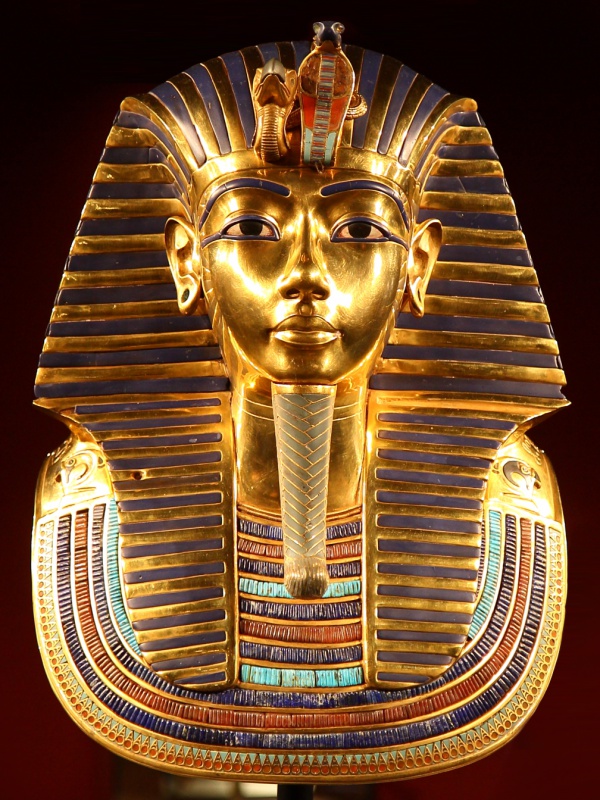Facts About Mask of Tutankhamun
The gold mask of Tutankhamun is one of the most renowned artifacts from ancient Egypt. Discovered by Howard Carter in 1925 within tomb KV62 in the Valley of the Kings, this extraordinary piece is now exhibited at the Egyptian Museum in Cairo. It is celebrated globally for its exquisite craftsmanship and historical importance.
Standing 54 centimeters tall and weighing over 10 kilograms, the mask is embellished with semi-precious stones and portrays Osiris, the god of the afterlife. An inscription from the Book of the Dead can be found on its shoulders, enhancing its mystical appeal.
In 2015, the mask underwent restoration after its braided beard fell off and was inexpertly reattached. Egyptologist Nicholas Reeves has dubbed it the quintessential image from Tutankhamun's tomb and an iconic object from ancient Egypt. Interestingly, some research suggests that the mask might have originally been intended for Queen Neferneferuaten.
The mask was unveiled in 1925, three years after the discovery of Tutankhamun's burial chamber, revealing the young king's mummy after roughly 3,250 years. Made of high-karat gold, the mask features intricate details with inlays of colored glass and gemstones. It showcases a nemes headcloth, royal insignia, and even has pierced ears for earrings. The slender gold beard, inlaid with blue lapis lazuli, has been reattached multiple times, including with beeswax.
An ancient protective spell in Egyptian hieroglyphs adorns the mask, invoking the powers of various deities to safeguard the deceased king. The mask symbolizes the belief that kings preserved in the likeness of Osiris would rule the afterlife. It also includes a bead necklace made of gold and blue faience disc-beads.
Despite the damage and restoration challenges it has faced over the years, Tutankhamun's mask remains a significant archaeological and artistic treasure. It offers invaluable insights into ancient Egyptian beliefs and funerary practices, continuing to captivate audiences around the world.

 Libya
Libya